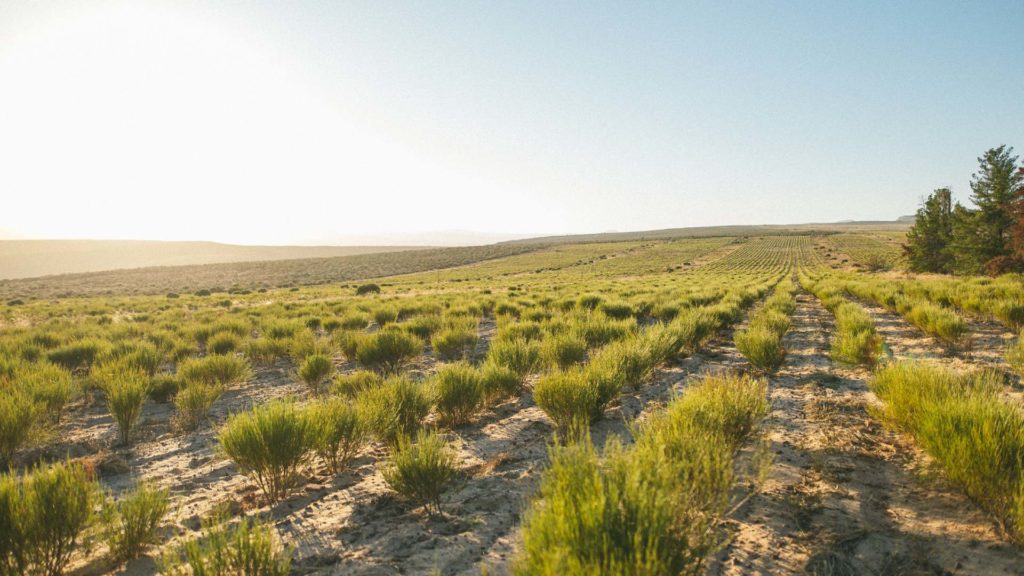Over the past few months we’ve taken the decision to change some of our soil and field preparation methods. With the help of various local farmers and farming technical advisors, a new conservation-tillage strategy has been borne. We hope that in the long term this new approach can provide environmental benefits, reduce costs, and increase yields simultaneously.
Conservation-tillage farming is about protecting our soil structure. Also known as “no-till” (a more pure version of what I’m talking about), conservation tillage improves soil quality (soil function), protecting the soil from erosion, evaporation of water, and structural breakdown. A reduction in tillage passes (or plowing) helps prevent the compaction of soil.
Studies that try to identify whether or not it is more profitable have found that it can be if done right.
Less tillage means less labour, fuel, irrigation & machinery
Less tillage of the soil reduces labor, fuel, irrigation and machinery costs. No-till can increase yield because of higher water content and much lower erosion rates.
Another benefit of no-till is that because of the higher water content, instead of leaving a field fallow it can make economic sense to plant another crop instead (depending on your specific local circumstances).
Our current plan (broadly speaking) includes the following key elements and has required investments in various new implements:
- Instead of plowing-in rooibos tea fields, we’ll first cut all plants and tea bushes with a Fieldmulcher – this machine very effectively cuts and distributes all plant material as mulch on the field surface without uprooting and destroying soil structure.
- When ploughing in our rotation crop (oats etc), we will no longer user a conventional plow, but rather work with the materials extremely shallow – just sufficiently deep to sow oats, mix the mulch and distribute organic fertilizer.
- Prior to planting, we’ll “rip-on-the-row” to break the old plow bank and create a growth path for the newly planted rooibos seedlings.
Technically speaking this is not a no-till method, its probably more widely known as strip tillage or conservation tillage.
The first rains have fallen, and its time to get moving with our new plans!

